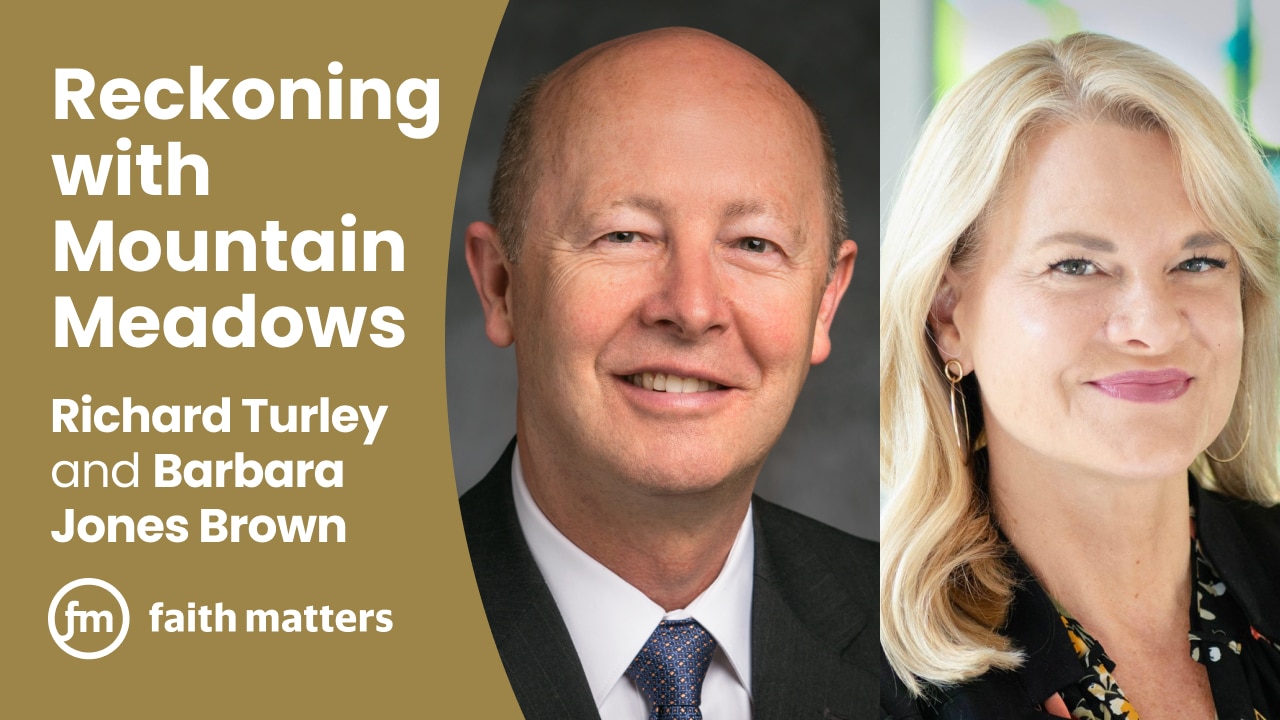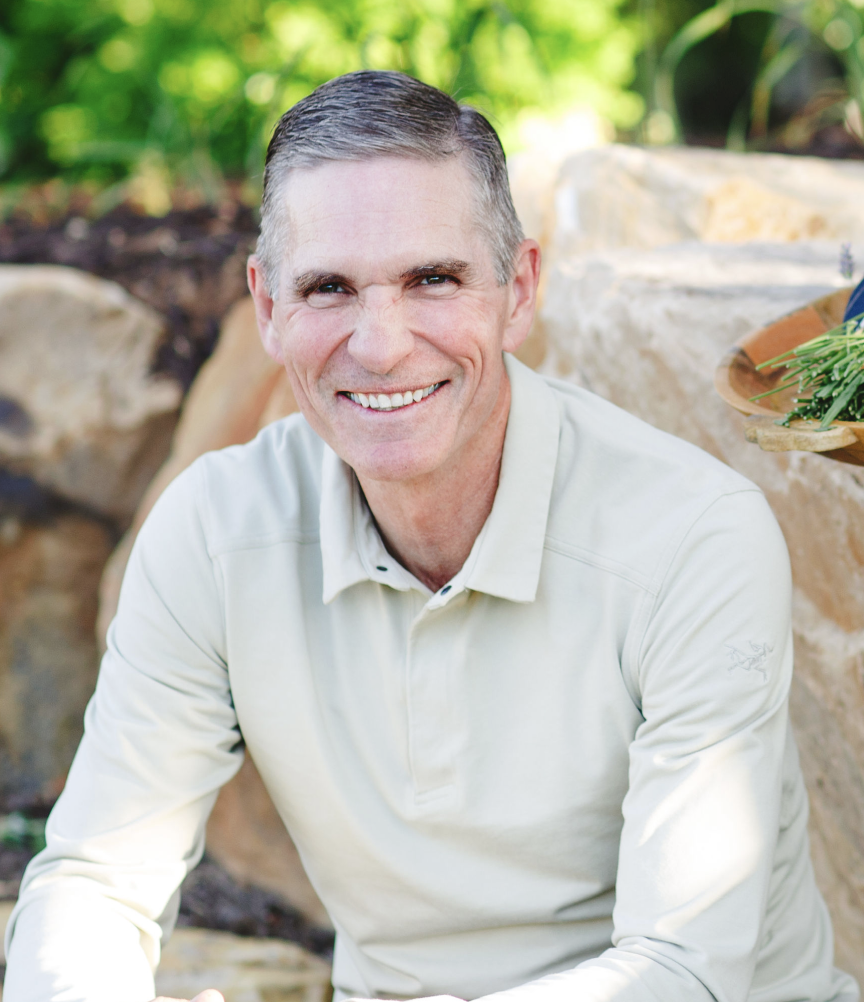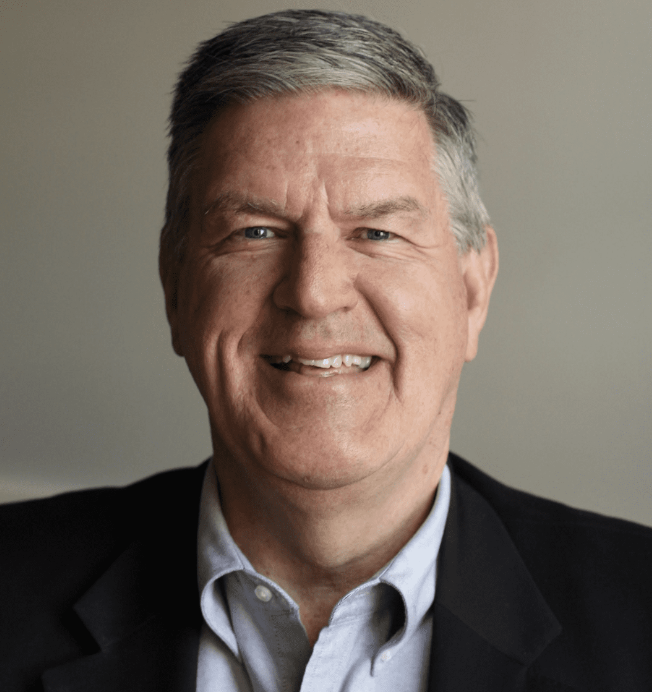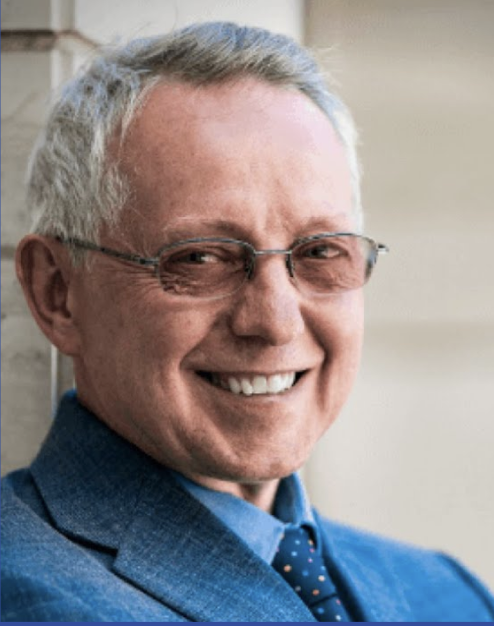In September of 1857, one of the greatest atrocities in the history of Mormonism was carried out. Now known as the Mountain Meadows Massacre, a group of Latter-day Saints led a siege in Southern Utah against a wagon train of emigrants on their way from Arkansas to California. After the siege had dragged on for several days, and under the guise of a truce, leaders of the Mormon party lured the emigrants out of their protective circle of wagons and marched them a short distance across the valley before turning on them in surprise and slaughtering at least 120 unarmed men, women, and children.
The details of this evil are difficult to talk about at all — much less dive deep on — but at the same time, historians Richard E. Turley and Barbara Jones Brown believe that it’s important that we confront history, even its most difficult episodes, with as much honesty and depth as we can.
Rick has served in many roles at the Church over many years, including as managing director of the Family and Church History Department, and managing director of the Public Affairs Department. Barbara is the director of Signature Books Publishing and former executive director of the Mormon History Association.
Together they are the authors of a new book called Vengeance is Mine: The Mountain Meadows Massacre and its Aftermath, which is the second in a two-volume series of exhaustively researched masterworks on the subject. The first book, Massacre at Mountain Meadows, on which Rick was one of the authors and Barbara was a content editor, was published in 2008, and this second volume is the culmination of over 18 years of research, writing, and editing by countless contributors. Though brilliant historians have written about the Massacre before, these books include new research from documents and records that have never before been available.
As we spoke with Barbara and Rick, we were struck by not just their comprehensive knowledge of these tragic events, but by the depth of their empathy for the victims, and insights about how knowledge of difficult history can be part of a larger story of healing and reconciliation. They and many others have been important in spearheading efforts in recent years to allow for that healing, including working with the Church itself and organizations of victims’ descendants.
In fact, Henry B. Eyring credited the work done on the first book in 2007 in an official statement given at the site of the massacre on its sesquicentennial. As part of that statement, he said, “What was done here long ago by members of our Church represents a terrible and inexcusable departure from Christian teaching and conduct. We cannot change what happened, but we can remember and honor those who were killed here…We express profound regret for the massacre carried out in this valley 150 years ago… and for the undue and untold suffering experienced by the victims then and by their relatives to the present time.”
What we hope for this episode is what we think Barbara and Rick hope for their book: that it can promote the same work of at-one-ment that is at the core of the Gospel by fully acknowledging the sins of the past, actively listening and working toward healing in the present, and looking forward to a future of deep relationship and connection.




